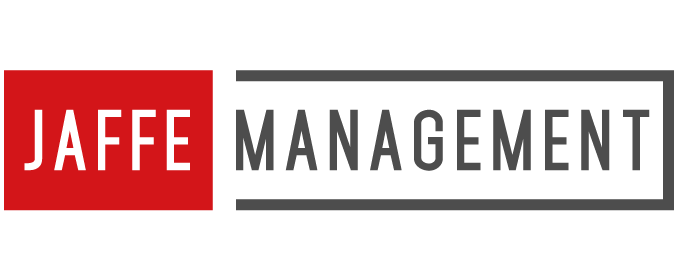20 Sep 2022 New Trends in Website Design for Associations and Nonprofits
With virtual and hybrid remote offices becoming popular work models and many associations taking their events online, your organization’s website is more important than ever. Here are some of the latest trends in website design for associations and nonprofit groups.
Less Clutter, More White Space
Most people intuitively know when they’re looking at an older, possibly outdated website or one that’s been recently updated. While the former is crowded and often difficult to navigate, the latter is clean, crisp, and refreshing to look at. When your audience spends so much time online, you want your website to be a place of rest for the eyes.
Get rid of fussy fonts, tiny type, and anything that looks like it’s from the dawn of the internet, as it will mark your association out of touch.
Clear Mission and Audience
Studies show it takes fractions of a second for users to form an impression about your website and your organization. Therefore, it’s essential that you immediately convey vital information on your homepage. Your web design should utilize a blend of the following to generate the UX (user experience) you desire:
- Association name
- Slogan or mission statement that conveys why you exist
- Who you serve
- Images that form an impression of the organization
- Colors associated with emotions (e.g., blue for trust, red for energy, etc.)
- Page layout and fonts that complement the above
Stellar UI for Members
In addition to appealing to new visitors, your website must also function in a way that best serves your members, who will be the most frequent users. This is the UI, or user interface. Resist the urge to have too many tabs and too much information on the homepage and the member portal. If you’re not sure how to best set this up, either draft a wireframe to experiment with different structures or consult with professionals who can help you create user-friendly flow.
Two areas where many websites fall flat with their UI are responsiveness and integrations. Your website must be optimized for use on all mobile devices, not just desktop or laptop systems. Also, any integrations with outside entities, such as universities, social media platforms, or payment gateways, must be seamless and secure.
Improved Accessibility
People with these types of disabilities should be considered when designing your website:
- Visual
- Auditory
- Physical
- Cognitive
- Neurological
- Speech
You should consider these web content accessibility guidelines (WCAG). The more accessible you make it, the more people will engage with your group.
Simple But Effective Content Management
Your site’s content management system (CMS) should reflect both your association’s current content needs and anticipated requirements for the future. It should be easy to add blog posts and news announcements, for example. But if you plan to publish an ebook, make sure the capability is there.
Embedded Video
Using video on your website homepage is ideal for first impressions and modernity. A compelling video can help visitors understand your mission and keep them on the site longer. One way to make featured videos more absorbing is to have them come from average members, rather than from staff or the board. Instead of simply telling a story, you’re now driving the story of your association.
Social Proofing
Visitors like to feel that the associations they join have been vetted by their peers. Social proofing on your website is a way to help them feel confident about this, and it adds authenticity and authority to your brand. There are multiple forms of social proof:
- Reviews and ratings
- Testimonials
- Certifications
- Awards
- Logos
- Endorsements
- Membership counts
- Statistics about your impact
- Screenshots of social media or publication mentions
Easy Enrollment or Donation
Don’t forget to make it a breeze for visitors to donate, become a member, or sign up for an event. Your website should have banners and buttons prominently placed to facilitate this. Likewise, email capture bars can give you membership drive and mailing list leads.
Website Extras for Concierge-Style Service
Depending on your purpose, size, and budget, there are other features you can add for greater personalization and assistance. Some associations offer each member their own private dashboard. A chat forum or social area is a nice extra, particularly if your members aren’t likely to be on social media (e.g., many doctors and attorneys, who get besieged for free advice). Chatbots are another type of concierge service that can help answer FAQs and direct visitors to the right resources.
If you need assistance with your association’s website, Jaffe Management is happy to help. Web design and updates are part of our menu of association services, whether you need one-off consulting or ongoing aid. Call us at 212-496-3155, or email us at: info@jaffemanagement.com for more information.


